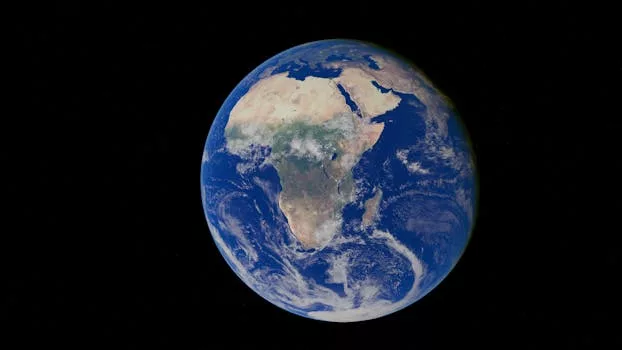
“
From Stardust to Dreams: Imagining Life Beyond the Stars
Introduction to the Cosmos
From Stardust to Dreams: Imagining Life Beyond the Stars is an intriguing concept that has captured human imagination for centuries. The idea that we are all made of stardust, and that our universe is full of mysteries waiting to be unraveled, is a fascinating one. As we continue to explore the vast expanse of space, we are constantly reminded of the infinite possibilities that lie beyond our planet.
The universe is estimated to be around 13.8 billion years old, and our solar system is just a tiny part of it. The Earth, our home planet, is a mere 4.5 billion years old, and life on it is thought to have originated around 3.5 billion years ago. The journey from stardust to life as we know it today is a long and complex one, spanning billions of years and countless celestial events.
The Origins of Life
The origins of life on Earth are still a topic of much debate and research. Scientists believe that life may have originated from simple organic molecules, which eventually gave rise to more complex structures and ultimately, to living cells. The exact mechanism by which this happened is still not fully understood, but it is thought to have involved a combination of chemical reactions, energy sources, and genetic material.
One theory is that life on Earth originated from comets or meteorites that collided with our planet, bringing with them the building blocks of life. Another theory suggests that life may have originated in deep-sea vents, where hot water and minerals created a primordial soup that gave rise to the first living cells. Whatever the origin, it is clear that life on Earth is a remarkable and resilient phenomenon, capable of thriving in even the most inhospitable environments.
Imagining Life Beyond Earth
As we continue to explore the universe, we are constantly reminded of the possibility of life beyond Earth. From the moons of Jupiter and Saturn to the exoplanets orbiting distant stars, there are countless celestial bodies that could potentially support life. The discovery of exoplanets, in particular, has opened up new avenues for the search for life beyond our solar system.
The idea of imagining life beyond Earth is a fascinating one, and it has captivated human imagination for centuries. From science fiction to scientific research, the concept of extraterrestrial life has been explored in countless ways. While we have yet to find definitive evidence of life beyond our planet, the possibility of it existing is a tantalizing one, and it continues to drive our exploration of the universe. For more on this topic, check out Charting New Realms: The Journey of Imagination Beyond the Stars.
Takeaways
- The universe is estimated to be around 13.8 billion years old, and our solar system is just a tiny part of it.
- Life on Earth is thought to have originated around 3.5 billion years ago, and the exact mechanism by which it happened is still not fully understood.
- The possibility of life beyond Earth is a fascinating one, and it continues to drive our exploration of the universe.
- Imagining life beyond Earth is a concept that has captured human imagination for centuries, and it has been explored in countless ways, from science fiction to scientific research.
In conclusion, From Stardust to Dreams: Imagining Life Beyond the Stars is a captivating concept that continues to inspire and intrigue us. As we continue to explore the universe and push the boundaries of human knowledge, we are constantly reminded of the infinite possibilities that lie beyond our planet. Whether or not we eventually find life beyond Earth, the journey of discovery itself is a remarkable one, and it continues to inspire us to reach for the stars. For further insights, explore Galaxies of Dreams: How Imagination Transcends the Night Sky.


